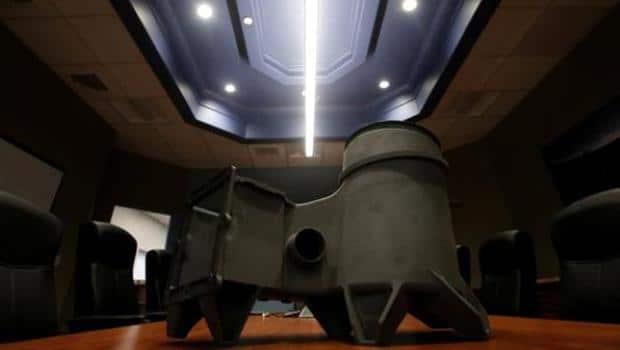Oxford is a leading company in high-performance additive manufacturing (HPAM). Boeing has partnered with this company to construct 3D printed parts of its new Starliner space taxis. Oxford will make 600 3D printed parts for Starliner and this company has gained an additional $10 million investment from Hexcel Corporation. Hexcel has previously invested $15 million in May 2016, and with the recent investment, Hexcel’s equity share will rise to 16.1%.
The interest of giant companies like Boeing and Hexcel in Oxford’s stake evidently shows that 3D printed plastic can be used in Space travel equipment. These components have to bear the stress of rocket launches, and the atmospheric conditions of outer space. 3D printed plastic from Oxford will be used to manufacture complex parts for outer space taxis and other equipment. The 3D printed parts will make the seven-seater capsule lighter in weight and still as resilient. The material is as strong as aluminum yet durable and strong. The 3D printed parts will reduce the weight of the capsules by 60 % as compared to the weight of traditionally manufactured metal and plastic spacecraft.
Oxford’s HPAM parts will be used in manufacturing the Starliners as a part of the $4.2 billion contract of NASA. Leo Christodoulou from Boeing said that the 3D printed parts will form a significant part of the Starliner parts and will be highly cost-effective. A high-performance plastic known as poly-ether-ketone-ketone (PEKK) is used for 3D printing the Starliner parts. Oxford has been working and perfecting this material since 2000 and it can now be used in fields like aerospace, defense, biomedical, and other strategic areas. 3D printed PEKK can withstand temperature variations from minus 300 to 300 degrees Fahrenheit. The Boeing deal is the biggest deal of Oxford and the Starliner will launch from Cape Canaveral in June 2018.
